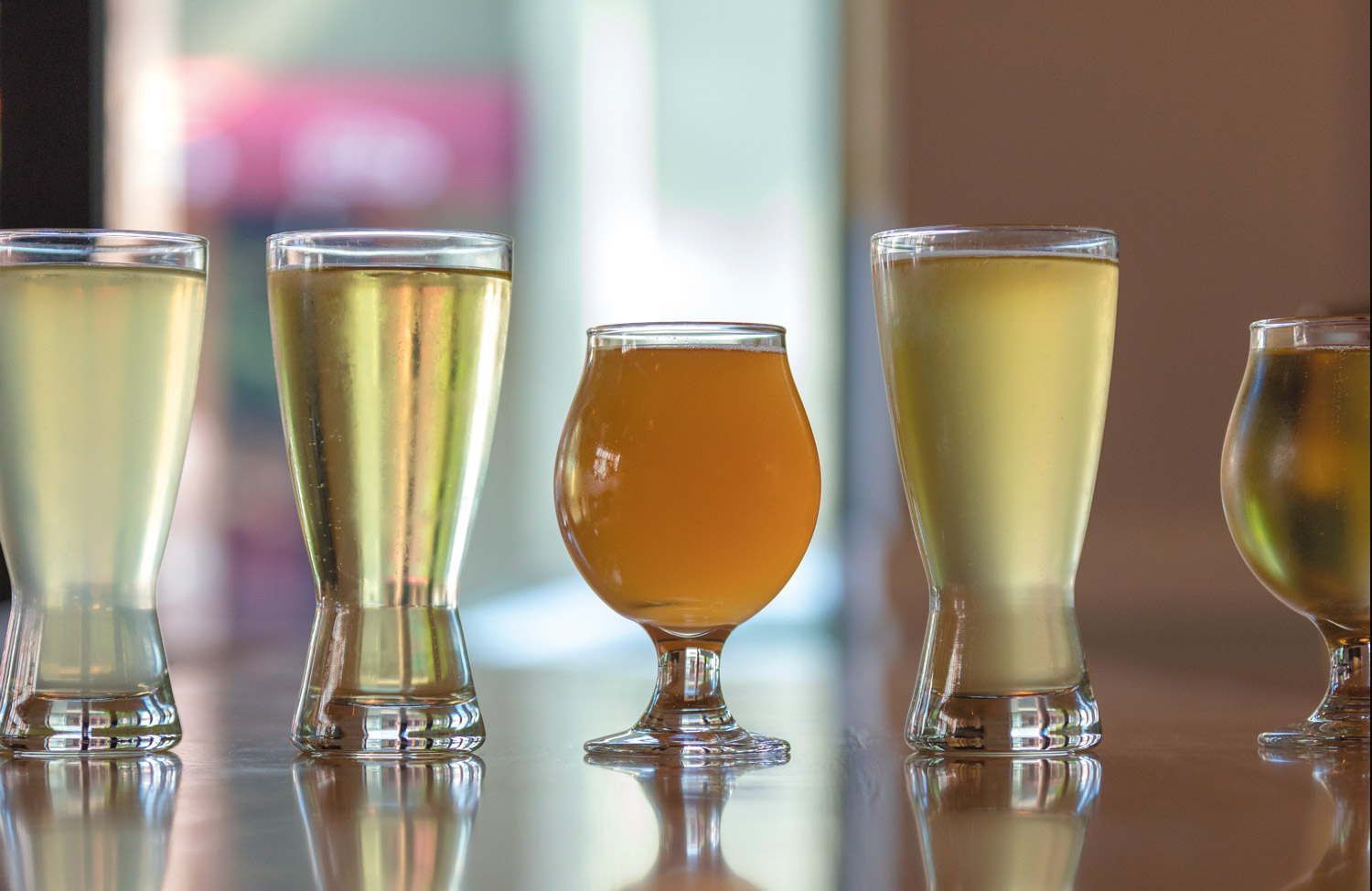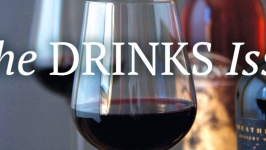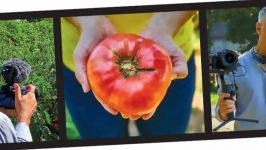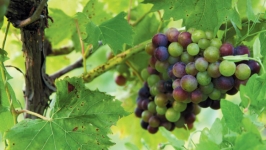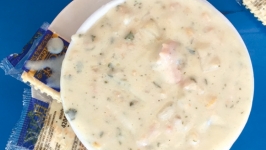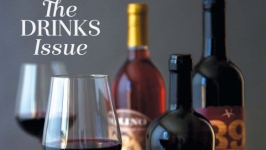Hard Cider Revival: An Update
IN 2013, WHEN EDIBLE PHILLY FIRST COVERED HARD CIDER, local pioneers Wyndridge Farm, Philadelphia Brewing Co., and Frecon Farms were just getting their cideries off the ground. Back then, craft cider made in Pennsylvania was still tough to find.
But in the past six years, the industry has picked up serious steam. Orchards are taking up the craft and selling their bottles at farmers’ markets. Three new cideries—Hale & True Cider Co., Original 13 Ciderworks, and Kurant—opened up in the region in the last three years. Demand for fresh-pressed juice from Weaver’s Orchard, a farm in Morgantown, Pennsylvania, has tripled in the last five years, orchard president Ed Weaver estimates. Last year, two Philadelphia beverage aficionados launched Philly’s first Cider Week, partnering with restaurants and bars to host cider-centric events across the city.
Today, we have a whole lot of options when it comes to drinking cider, but the industry in our state still faces major challenges. It’s recovering from Prohibition’s lasting effects and further held back by legislation and bar owners’ and consumers’ lack of exposure to craft cider. But the efforts of a close-knit community of apple growers, cider makers, bartenders, and eager consumers are bringing cider back in a big way.
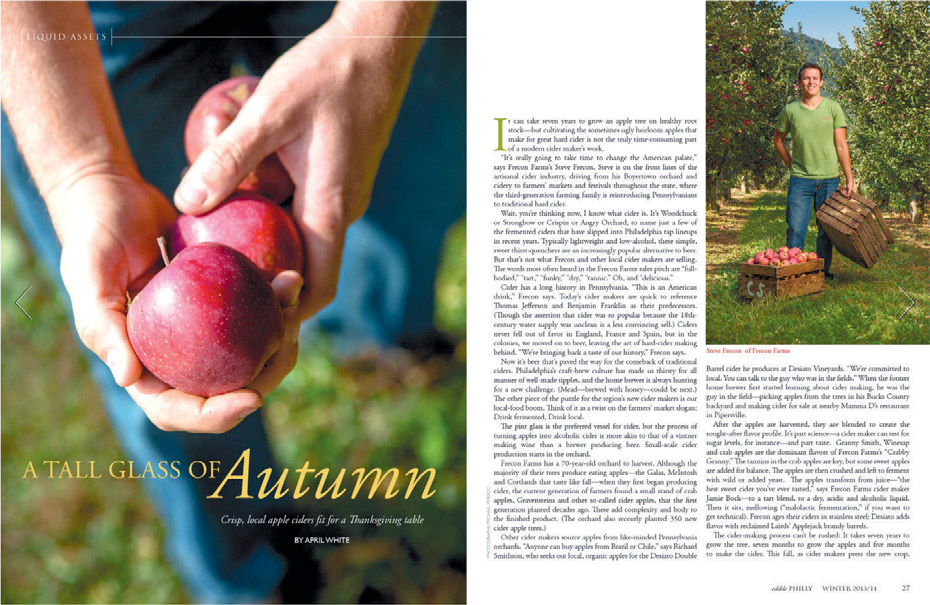
Contributor April White wrote about cider in Edible Philly's fi rst issue in the fall of 2013.
FRUIT FIRST
Back when Olga and Brian Dressler of Dressler Estate started making cider at home in 2012, big brands like Strongbow and Angry Orchard were about all they could find. "In those ciders, there wasn’t a lot of nuance and depth," says Brian. "We wanted to see if we could make the product we wanted to drink." That meant starting with high-quality, fresh-pressed juice (also called sweet cider).
They sought out sweet cider from local orchards and found Kauffman’s Fruit Farm in Bird-in-Hand, PA. Kauffman’s harvests the apples at peak season and keeps them fresh in cold storage. Dressler can order juice anytime of the year and they press it to order.
Kauffman’s blend is a mix of tart and sweet eating apples, like Jonathan, Stayman, and Gala. This type of blend is a common starting point for hard ciders. But there’s a world of bittersweet and bittersharp apples and crabapples you’d never eat as a snack but which make superlative cider. These apples are rich with tannins and acidity that impart flavor, funk, and complexity, and cider makers use them to set their product apart.
They’re grown widely in France, Spain, and Britain (the top three cider-producing countries in the world), and they’re nothing new to the state of Pennsylvania. The trees were planted here with the first English settlers and hard cider became a ubiquitous drink. But as people flocked to the city during the industrial revolution, orchards were neglected, and beer brewing followed the rise of cheap grain production in the Midwest. Post-Prohibition, hard cider didn’t see much of a resurgence. Orchards adapted as demand for fresh eating apples grew, and cider apples largely fell out of production.
But in the last five years, cider apples have made a comeback across the state. Orchards like Frecon Farms and Big Hill now dedicate a portion of their land to cider varieties. The Dresslers hope to buy a small piece of land where they can plant bittersweet and crabapples, and even breed new varieties. But this year, they’ll use the first major harvest of cider apples from a new orchard close by.
Bruce Colley, owner of Valley Creek Orchard and Vineyard in Downingtown, grew rare varieties of grapes on a one-acre vineyard for 25 years. But after the hobby became too time consuming, he hired grower, vineyard manager, and consultant Brian Dickerson, who advised him to switch out his grapevines for cider apple trees. Compared to grapes, apples are less labor-intensive to grow, more naturally suited to our climate, plus you can get a higher tonnage of fruit per acre. And as craft cideries kept popping up across the state, Dickerson saw demand for cider-specific varieties rise.
In 2016, he helped Colley buy and plant trees from a nursery in Virginia—they were lucky to get them right away. "You can wait up to two years for these," says Colley. "They’re not just out there." Among the varieties they planted is the Harrison—a prized cider apple that was grown in Newark, NJ, before the American Revolution. (It was thought to be extinct until orchardist and fruit collector Paul Gidez tracked down a Harrison tree at an old cider mill in Livingston, NJ, in 1976.)
They planted 800 trees on the trellises that formerly held grape vines. Colley plans to expand the orchard next year and he’s learning as he goes—figuring out how to graft trees (fuse a cutting with the rootstock of an established tree, which can be done to hasten the establishment of a new variety) and which apples thrive in his climate.
He hopes his orchard will serve a new generation of cider makers, like the Dresslers, who will use his first apples to make a small-batch harvest blend this fall.
“Part of the reason we have this customer-facing storefront as the first step of our business is because we want to create an environment that’s comfortable for people to try out cider and learn about cider,” Risa says.
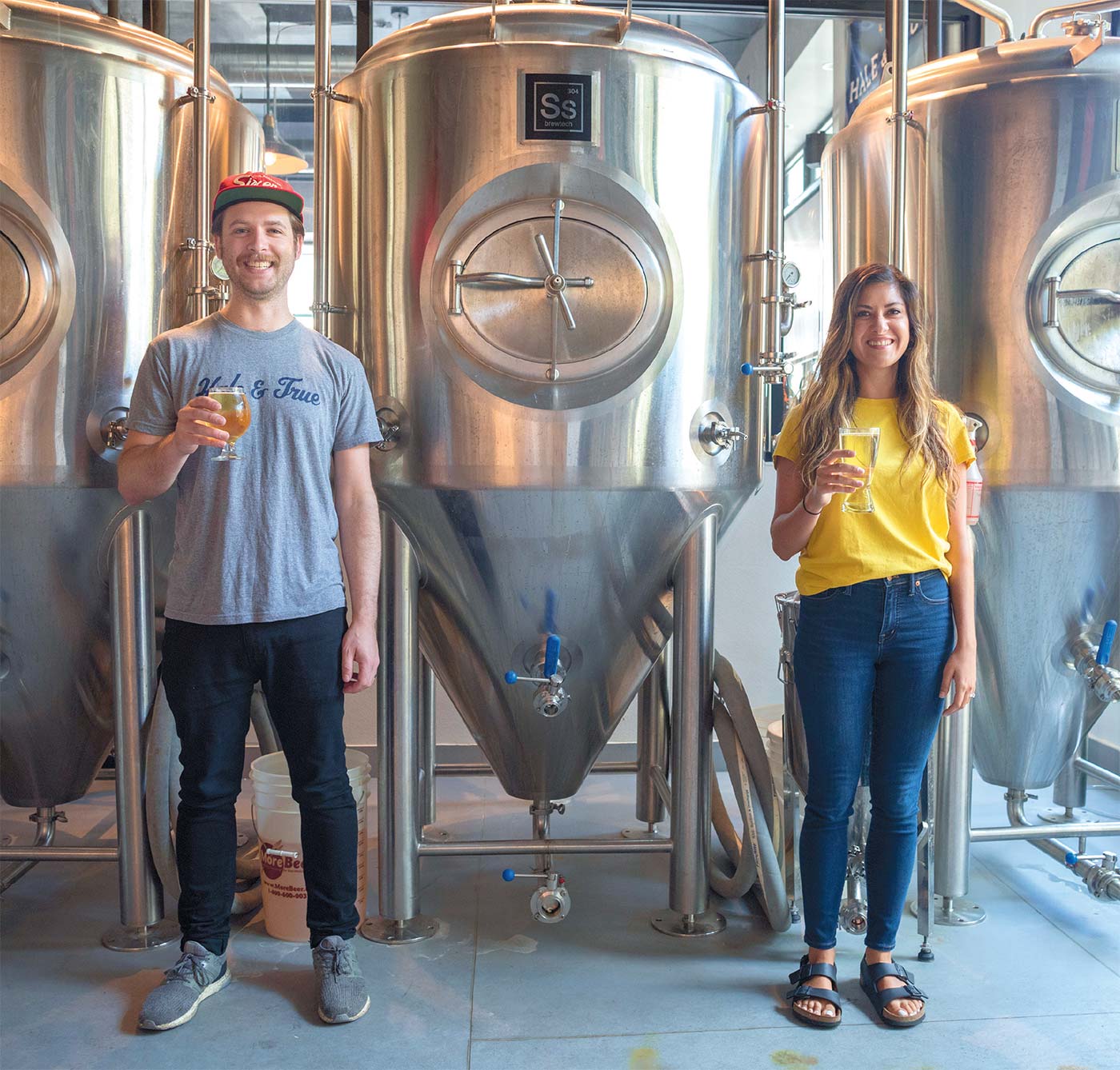 Kerry and Risa McKenzie
Kerry and Risa McKenzie
CIDER IN THE CITY
Part of that new generation are Kerry and Risa McKenzie, who opened one of Philly’s first urban cideries, Hale & True Cider Co., in 2018. Like the Dresslers, they’ve been making cider at home for years.
They bought fresh apples from Weaver’s Orchard and had pressing parties at Kerry’s parents’ place in New Jersey. They’d drive back to the city and carry six-gallon buckets of fresh juice to their cramped, third-floor apartment in Old City and eventually, the space turned into a micro-batch cidery strewn with one-gallon jugs of fermenting experimental blends made with differing apple varieties and yeasts. Kerry took detailed notes on each batch they produced, dialing in fermentation time and temperature and getting to know the flavor and characteristics different apples impart on the final product.
"Knowing what apples to choose from what’s seasonally available is built on those years of experimentation," Kerry says.
Now, they’re making cider in the city on a much bigger scale, which poses some challenges. They rent a pickup truck about every two weeks to drive out to Weaver’s Orchard and fetch more than a ton of fresh juice. Parked outside the cidery on Bainbridge Street, they run a hose through the window to pump the juice into the tanks inside.
It’s not the easiest setup, but making and selling cider in the same place ties into their mission. "Part of the reason we have this customer-facing storefront as the first step of our business is because we want to create an environment that’s comfortable for people to try out cider and learn about cider," Risa says.
At the taproom you can try modern ciders like The Standard, a bone-dry cider with apple aroma that tricks you into thinking it’s sweet; Lil’ Sunshine, to which orange peel and local honey are added post-fermentation; and a hopped, citrusy cider called Hail to the Hop.
"Essentially our mission is exposing people to and educating them about the potential and diversity of cider," Risa says.
Education is also the mission of Prohibition Taproom bar manager and cider devotee Amy Hartranft, who’s helping bring local cider awareness to bars across the city. She and long-time Philly wine maven Tim Kweeder launched Philly’s first Cider Week last fall. Places like Tria, Di Bruno Brothers, Spice Finch and Hungry Pigeon participated, putting together about 30 events for the week.
Hartranft and Kweeder started the week-long event not only to raise awareness and promote education about cider for curious drinkers, but also to address a challenge on the back end—bar owners hesitating to put it on the menu. They’re afraid it won’t sell well, or they’ll lose money, or they don’t know which distributors they can order it through, Hartranft says. "Cider Week is an opportunity to get the bars and restaurants on board and give them a week to try it out."
This year, Philly Cider Week runs October 31 through November 8, and it’s focused on Pennsylvania cider. Hartranft hopes to put together 50 events across the city.
Whether or not it’s spelled out in the liquor code, hard cider is already an industry in Pennsylvania— one with a $33 million economic impact, according to Penn State Extension’s research.

2019 – Steve Frecon (r.) with cidermaker Jamie Bock. Photo by Katherine Rapin.
LEGISLATIVE PROGRESS
The rise of PA cider over the past five or six years is especially impressive considering the legal challenges it has faced. Put simply, hard cider doesn’t exist as a specific industry in the Pennsylvania Liquor Code; it’s lumped in with beer and categorized as a ‘malt or brewed beverage,’ which results in all kinds of limitations. For example, cider can’t be sold in state liquor stores, but only in bottle shops and beer distributors.
‘It’s hard for an industry to grow when the product can only be sold in a few small markets,’ says Steve Frecon of Frecon Farms, one of the first orchards in the state to start making cider. Since 2009, they’ve paved the way for new cideries by educating both makers and drinkers. And they’ve continued to invest in the operation at their orchard—next year they’ll be bringing in the first major harvest from the 350 cider apple trees they planted back in 2013.
As they’ve built up their own business, they’ve also been helping make changes in statewide legislation as members of the PA Cider Guild, a trade organization that formed in 2014. Steve Frecon is the head of their advocacy committee, a group making progress in bringing the liquor code up to speed with the burgeoning industry.
In 2016, they helped get an amendment passed that upped the maximum alcohol-by-volume (ABV) from 5.5% to 8.5%, giving cider makers the flexibility to produce varied styles without paying exceptionally high taxes (before, some cider above 5.5% alcohol was taxed as sparkling wine at more than $3 a gallon). This summer, they celebrated the passing of an amendment that changed the definition of cider in the liquor code from a general ‘fermented fruit beverage’ to one that must be made with primarily apple or pear juice.
‘It’s the first step in getting us recognition as a totally separate beverage industry,’ says Penn State Extension’s hard cider expert, Carla Snyder.
Whether or not it’s spelled out in the liquor code, hard cider is already an industry in Pennsylvania—one with a $33 million economic impact, according to Penn State Extension’s research. And besides the ever-widening variety of cider styles bound to keep drinkers interested, there’s another reason hard cider isn’t a passing trend.
PA is the fourth-largest apple growing state in the country; cider is a value-added product that’s providing an extra stream of income for a new generation of growers. (Based on grower-reported sales, making hard cider can increase farm revenue by 166%.) Its comeback is helping our local orchards stay alive.
Philly’s second annual cider week kicks off October 31 at Kensington Quarters’ Night of the Living Cider III Halloween party. The event features all PA-made cider and $5 bites from local chefs. Costumes are encouraged. For a full list of Cider Week events, visit phillyciderweek.com.
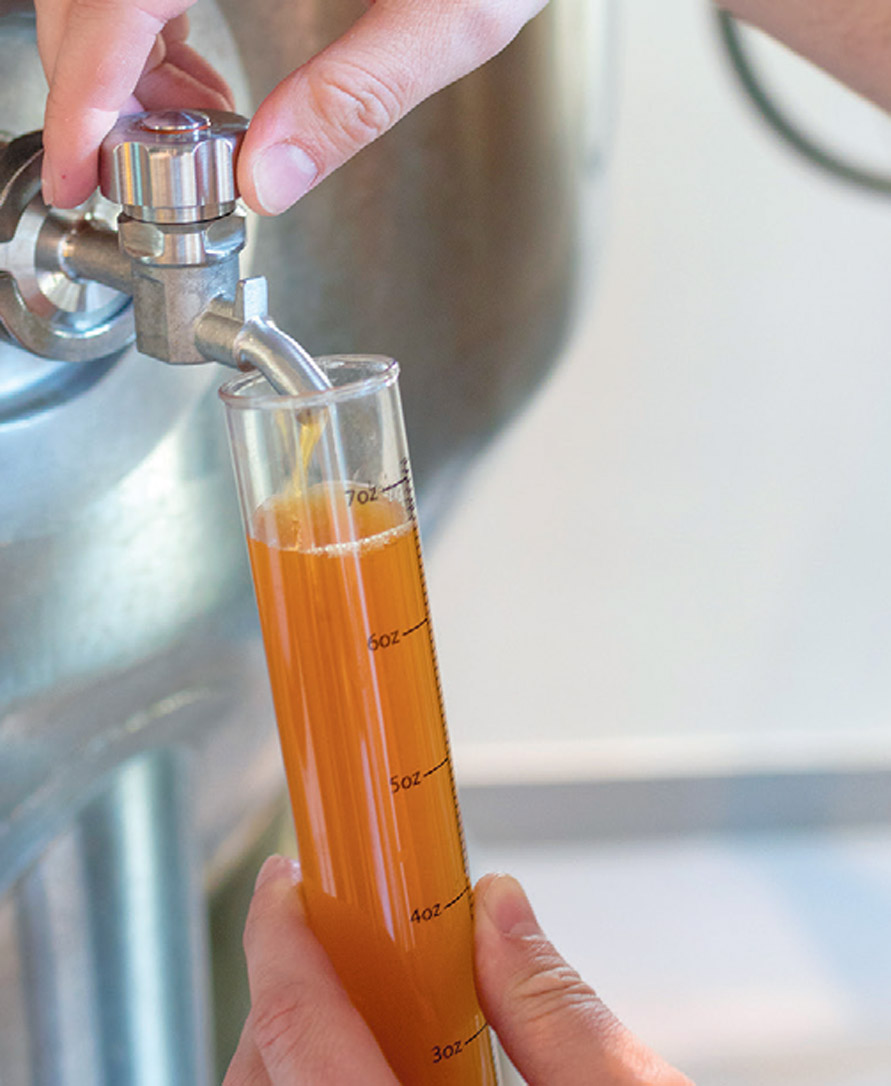
MAKE IT YOURSELF
If you want a fast track to making great cider, sign up for Hale & True’s cider making course. In three sessions over the course of five weeks you’ll learn the process from start to finish and leave with bottles of your own hard cider. Each session ends with cider tasting and education at the taproom.
Classes
October 29, November 12 and 26, 6:30 – 8pm
HALE & TRUE
613 S. 7th St.
haleandtrue.com
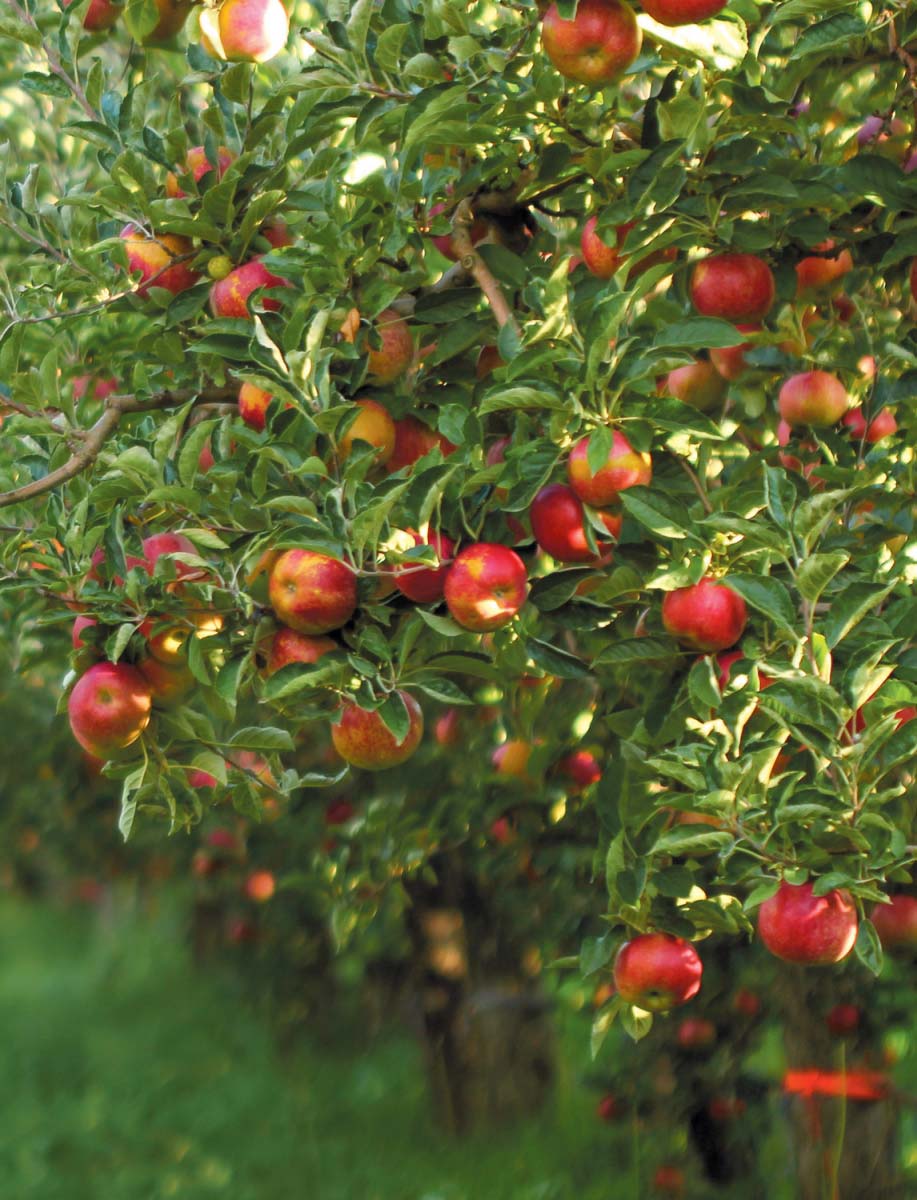
5 GREAT PLACES TO DRINK LOCAL CIDER
- PROHIBITION TAPROOM
501 N. 13th St., Philadelphia
215.238.1818
prohibitiontaproom.com- TERESA'S NEXT DOOR
126 N. Wayne Ave., Wayne
610.293.9909
teresasnextdoor.com- MARTHA
2133 E. York St., Philadelphia
215.867.8881
marthakensington.com- SOUTH PHILADELPHIA TAPROOM
1509 Mifflin St., Philadelphia
215.271.7787
southphiladelphiataproom.com- THE GOOD KING TAVERN
614 S. 7th St., Philadelphia
215.625.3700
thegoodkindtavern.com
PHILLY'S CIDER WEEK:
Oct. 31—Nov. 8
Philly’s second annual cider week kicks off October 31 at Kensington Quarters’ Night of the Living Cider III Halloween party. The event features all PA-made cider and $5 bites from local chefs. Costumes are encouraged. For a full list of Cider Week events (available October 3rd), visit phillyciderweek.com.


